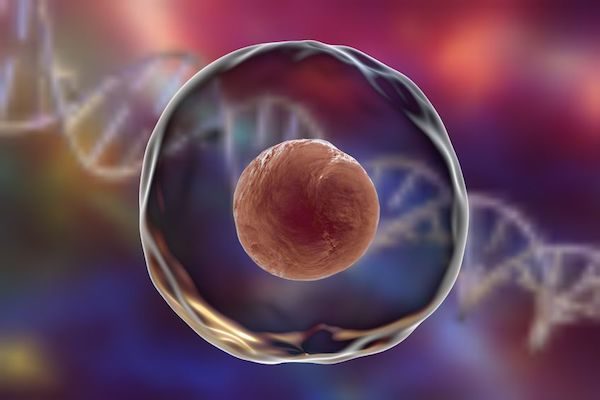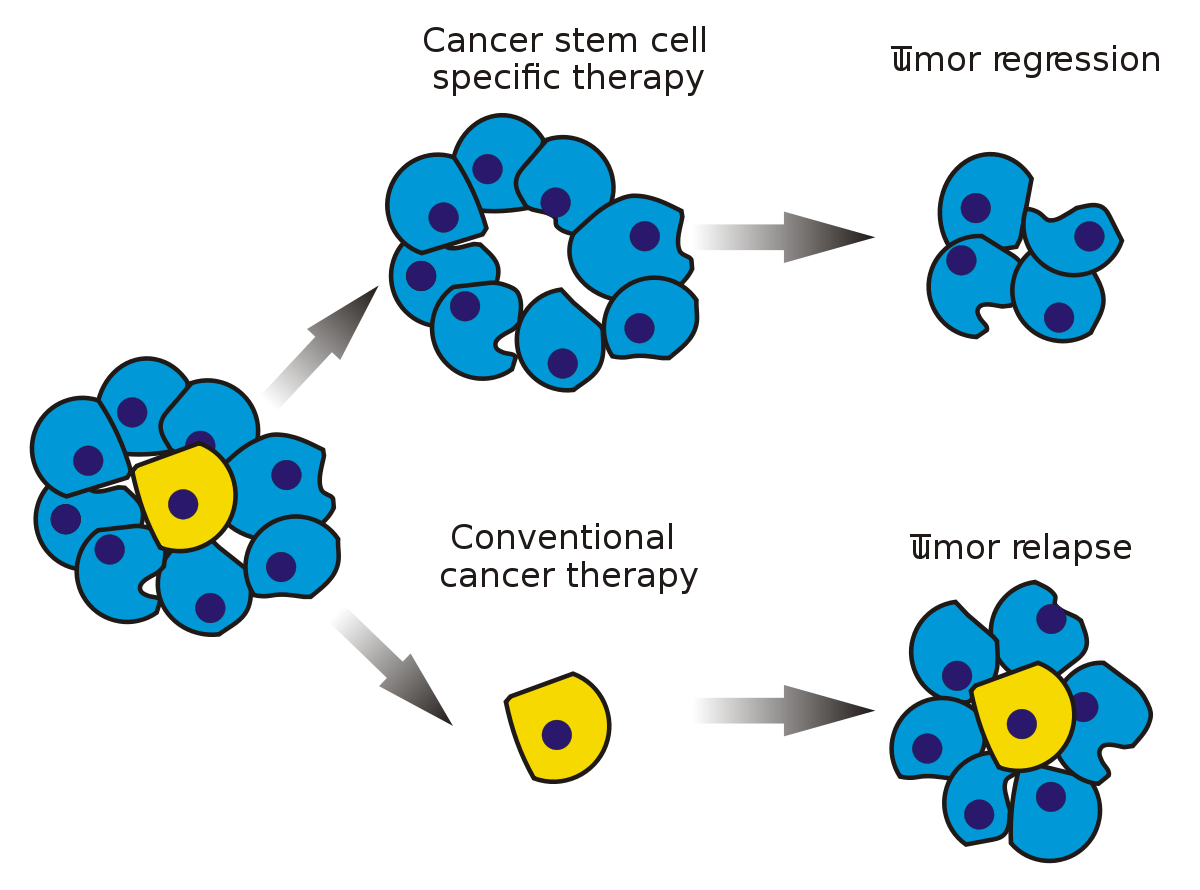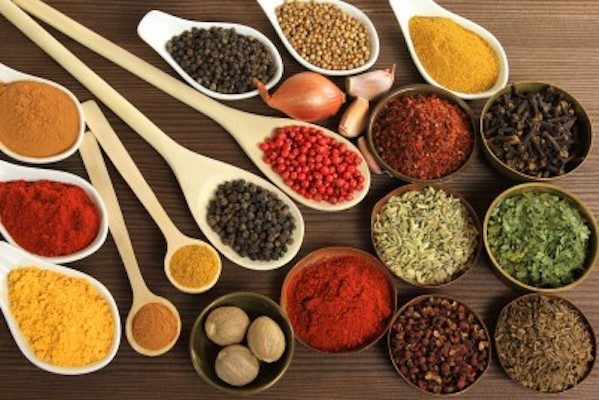The root cause and potential cure for cancer is ignored by virtually all conventional oncologists despite an accumulating body of research that we already have the answer.
From the perspective of conventional cancer treatment a diagnosis of multi-drug resistant cancer is equivalent to a death sentence. By the time such a diagnosis occurs, the patient's body has been irreversibly damaged by chemotherapy and radiation, and an even more aggressive cancer has emerged to take the place of the original one.
Tragically, these treatments do not simply fail, but make the cancers more malignant. This fact is effectively concealed by the name multidrug resistant cancer which makes it seem as if the cancer was so exceptionally resistant and malignant that the normally effective drugs used to treat it just couldn't do the job.
But wouldn't it be more accurate to call this multi-drug failed cancer, putting the responsibility back on the medical establishment, as it should be, in recognition of the impotence, or worse, cancer-promoting nature of its treatment choices?
In other words, instead of blaming the treatment failure on the patient's body - or a set of virulent gene mutations within their cancer - it is time we look more closely at why conventional chemotherapy and radiation-based treatments breed multidrug resistance within the cancer of patients, who ultimately succumb to the effects of the treatment and not the cancer they were originally diagnosed with.
How Conventional Cancer Treatment Creates Greater Malignancy
Multidrug resistant cancer is the byproduct of cancer doctors (oncologists) throwing the chemical and radiological kitchen sink at the patient and not only failing to improve their condition, but significantly worsening it. How so? In order to understand how conventional treatment drives the cancer into greater malignancy, we must first understand what cancer is....
Tumors are actually highly organized assemblages of cells, which are surprisingly well-coordinated for cells that are supposed to be the result of strictly random mutation. They are capable of building their own blood supply (angiogenesis), are able to defend themselves by silencing cancer-suppression genes, secreting corrosive enzymes to move freely throughout the body, alter their metabolism to live in low oxygen and acidic environments, and know how to remove their own surface-receptor proteins to escape detection by white blood cells. In a previous article titled "Is Cancer An Ancient Survival Program Unmasked?" we delved deeper into this emerging view of cancer as an evolutionary throw-back and not a byproduct of strictly random mutation.
Because tumors are not simply the result of one or more mutated cells "going rogue" and producing exact clones of itself (multi-mutational and clonal hypotheses), but are a diverse group of cells having radically different phenotypal characteristics, chemotherapy and radiation will affect each cell type differently.
Tumors are composed of a wide range of cells, many of which are entirely benign.
The most deadly cell type within a tumor or blood cancer, known as cancer stem cells (CSCs), has the ability to give rise to all the cell types found within that cancer.
They are capable of dividing by mitosis to form either two stem cells (increasing the size of the stem population), or one daughter cell that goes on to differentiate into a variety of cell types, and one daughter cell that retains stem-cell properties.
This means CSCs are tumorigenic (tumor-forming) and should be the primary target of cancer treatment because they are capable of both initiating and sustaining cancer. They are also increasingly recognized to be the cause of relapse and metastasis following conventional treatment.
CSCs are exceptionally resistant to conventional treatment for the following reasons:
- CSCs account for less than 1 in 10,000 cells within a particular cancer, making them difficult to destroy without destroying the vast majority of other cells comprising the tumor.[1]
- CSCs are slow to replicate, making them less likely to be destroyed by chemotherapy and radiation treatments that target cells which are more rapidly dividing.
- Conventional chemotherapies target differentiated and differentiating cells, which form the bulk of the tumor, but these are unable to generate new cells like the CSCs which are undifferentiated.
The first round of chemotherapy never kills the entire tumor, but only a percentage. This phenomenon is called the fractional kill. The goal is to use repeated treatment cycles (usually six) to regress the tumor population down to zero, without killing the patient.
What normally occurs is that the treatment selectively kills the less harmful populations of cells (daughter cells), increasing the ratio of CSCs to benign and/or less malignant cells. This is not unlike what happens when antibiotics are used to treat certain infections. The drug may wipe out 99.9% of the target bacteria, but .1% have or develop resistance to the agent, enabling the .1% to come back even stronger with time.
The antibiotic, also, kills the other beneficial bacteria that help the body fight infection naturally, in the same way that chemotherapy kills the patient's immune system (white blood cells and bone marrow), ultimately supporting the underlying conditions making disease recurrence more likely.
The reality is that the chemotherapy, even though it has reduced the tumor volume, by increasing the ratio of CSCs to benign daughter cells, has actually made the cancer more malignant.
Radiotherapy has also been shown to increase cancer stem cells in the prostate, ultimately resulting in cancer recurrence and worsened prognosis.[2] Cancer stem cells may also explain why castration therapy often fails in prostate cancer treatment.[3]
Non-Toxic Natural Substances Which Target and Kill CSCs
Natural compounds have been shown to exhibit three properties which make them suitable alternatives to conventional chemotherapy and radiotherapy:
- High margin of safety: Relative to chemotherapy agents such as 5-fluorouracilnatural compounds are two orders of magnitude safer
- Selective Cytotoxicity: The ability to target only those cells that are cancerous and not healthy cells
- CSCs Targeting: The ability to target the cancer stem cells within a tumor population.
Research indicates that the following compounds (along with common dietary sources) have the ability to target CSCs:
- Curcumin (Turmeric)
- Resveratrol (Red Wine; Japanese Knotweed)
- Quercetin (Onion)
- Sulforaphane (Brocolli sprouts)
- Parthenolide (Butterbur)
- Andrographalide (Andrographis)
- Genistein (Cultured Soy; Coffee)
- Piperine (Black Pepper)
References
[1] Human acute myeloid leukemia is organized as a hierarchy that originates from a primitive hematopoietic cell. Nat Med. 1997 Jul ;3(7):730-7. PMID: 9212098
[2] Long-term recovery of irradiated prostate cancer increases cancer stem cells. Prostate. 2012 Apr 18. Epub 2012 Apr 18. PMID: 22513891
[3] Stem-Like Cells with Luminal Progenitor Phenotype Survive Castration in Human Prostate Cancer. Stem Cells. 2012 Mar 21. Epub 2012 Mar 21. PMID: 22438320
About the author
Sayer Ji is founder of Greenmedinfo.com, a reviewer at the International Journal of Human Nutrition and Functional Medicine, Co-founder and CEO of Systome Biomed, Vice Chairman of the Board of the National Health Federation, Steering Committee Member of the Global Non-GMO Foundation.






Reader Comments